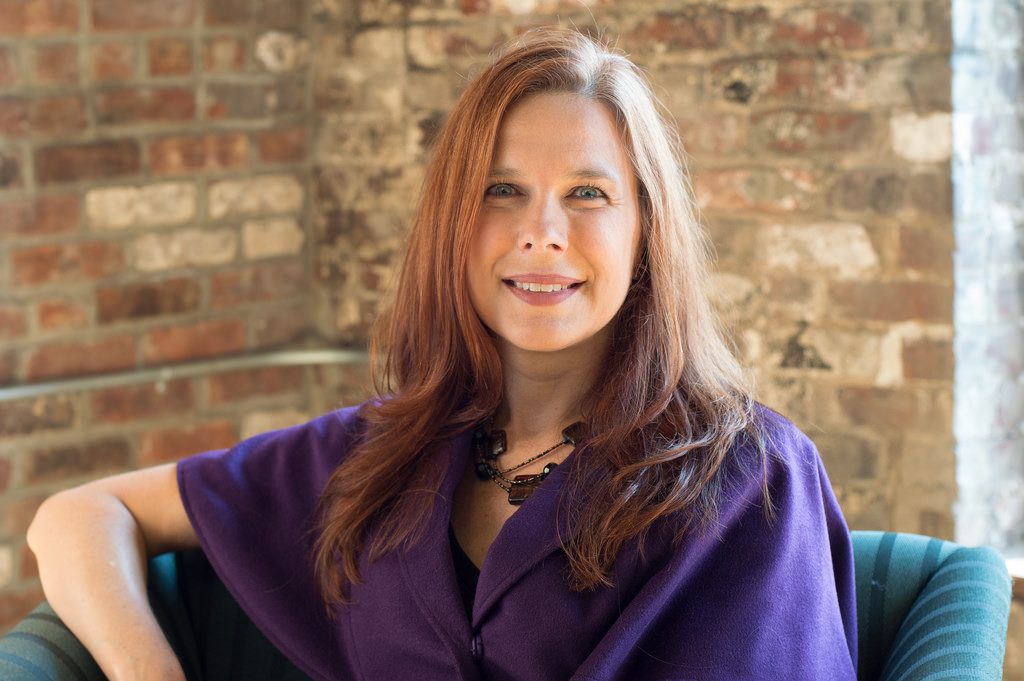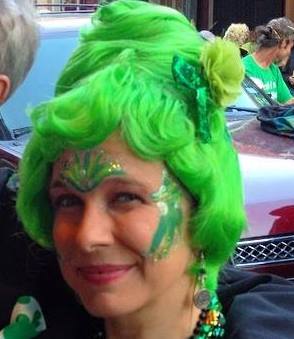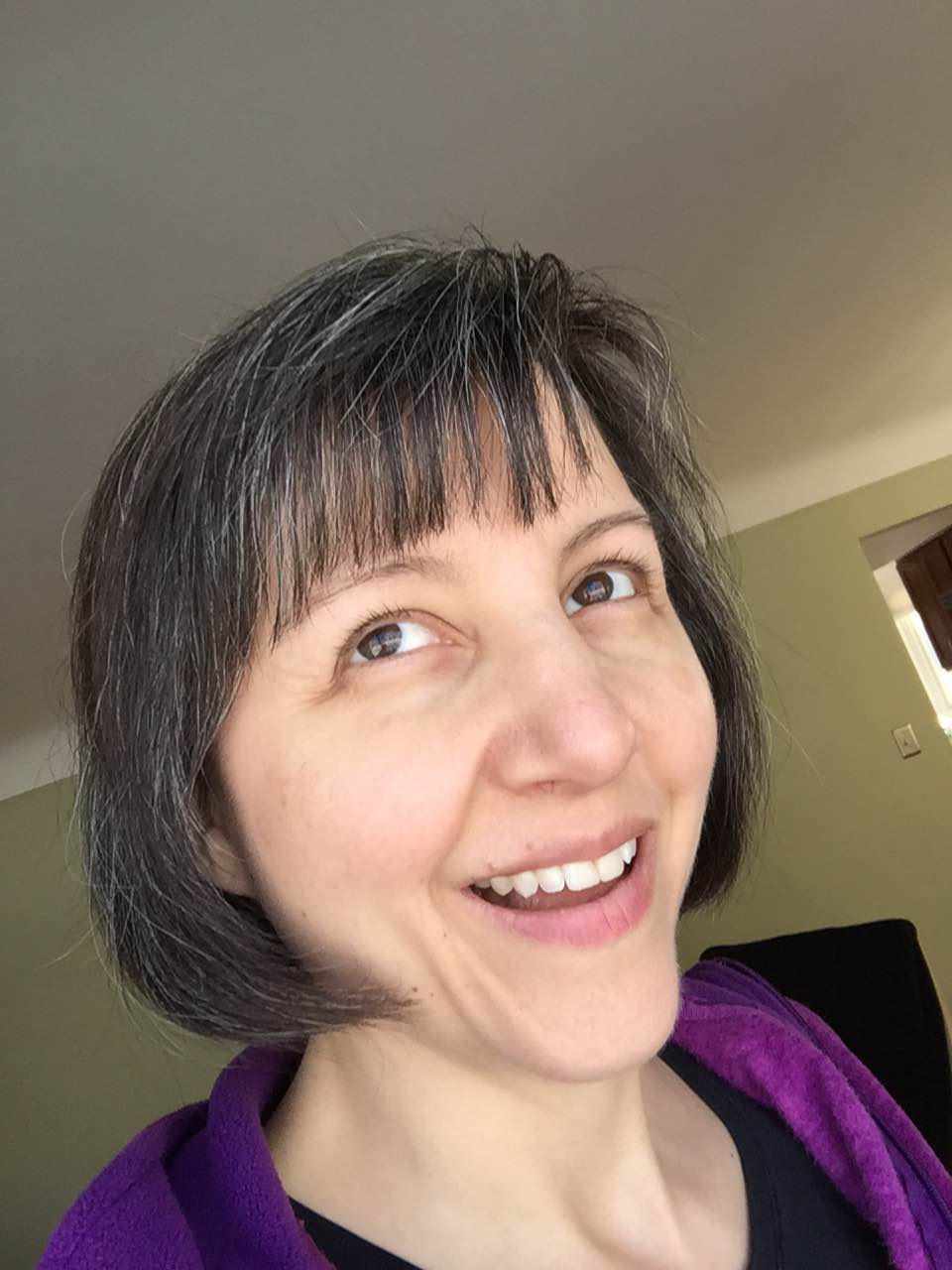
I have been a bottle redhead since freshman year of college.
It began as an impulsive decision one night as I was hanging out drinking with my two roommates. (Yes, underage drinking, but I think the statute of limitations has long since run out.) They regularly colored their hair all manner of unnatural shades and kept supplies in our bathroom, so fueled by Boone’s Farm and low-grade rebellion, they turned me from brown to a dark fuchsia.
I’ve run the gamut of reds since then, from several years of deep burgundy to more of a copper to my current auburn, but I’ve never gone back to brown in the decades that have followed.
Meanwhile, the color of the roots that peek out between dye jobs has changed. My mom went gray young — she was quick to give me credit for that — and from what I can see, I’d have likely followed her if I hadn’t been covering up both brown and gray.
Lately I’ve been toying with letting my natural color, including the gray, grow in.

I’ve read a number of fashion stories saying there’s a trend in women going gray intentionally. I subscribed to a blog called Revolution Gray that gives pointers on how to do it, including adjusting your makeup and hair products accordingly.
But I struggle more with giving up being a redhead, which has been part of my identity my entire adult life, than I do with going gray. A few years back, I asked my stylist if there was a way to color only my brown hair and let the silver peek through. This was apparently the first time in recorded history that a woman had asked how not to cover gray.
A writer named Anne Kreamer wrote about the 18-month process of growing her gray hair in MORE magazine. I recognized something of myself when she wrote:
My hair is a metaphor for how I’ve lived my life. Growing up, I changed colors all the time, particularly when I needed a pick-me-up or a sense that I had control over my life. I am a total control freak — from how I load the dishwasher to never letting my husband drive when I’m in the car, to my workouts, to wanting my kids to be perfect. (I could go on.) Perfectly dyed hair meant everything was under control. But if I can allow my hair to be its natural color, perhaps I can be just a bit more relaxed in the rest of my life. And trust me, everyone in my life would welcome a more relaxed me.
Part of what’s motivating me these days is an increasing sense that it’s inconsistent to eat healthy, whole, locally grown foods, to care about the environment and to routinely pile noxious-smelling chemicals on top of my head and throw plastic bottles and gloves in a landfill when I’m done. Our skin is our biggest organ and I’ve spent decades letting chemicals that transform the color of my hair soak into my scalp for the better part of an hour.

My friend Margaret shared her enthusiasm for dumping the dye:
For me, going natural was an act of liberation. I’d been covering my increasingly abundant grays for 10 years and I was starting to hate it. The expense, the mess, the smell. And for what? I never minded how the grays looked. But my husband sure did.When he left me, the very first thing I did was cancel my next hair appointment. I was finally free, in so many different ways, but my head was the most visible one.But let me tell you something. If being gray is easy, going gray is not. The growing-out process was difficult. I got a very short haircut to minimize the two-tone look, but it still looked odd for several months.
I’ve never hidden the fact that I color my hair so I’m not worried about breaking the illusion, but I’m not crazy about two years of having two-toned hair.
Worst-case scenario: If I can’t stand the transition, I can always go back to coloring. Or just wear a wig.

